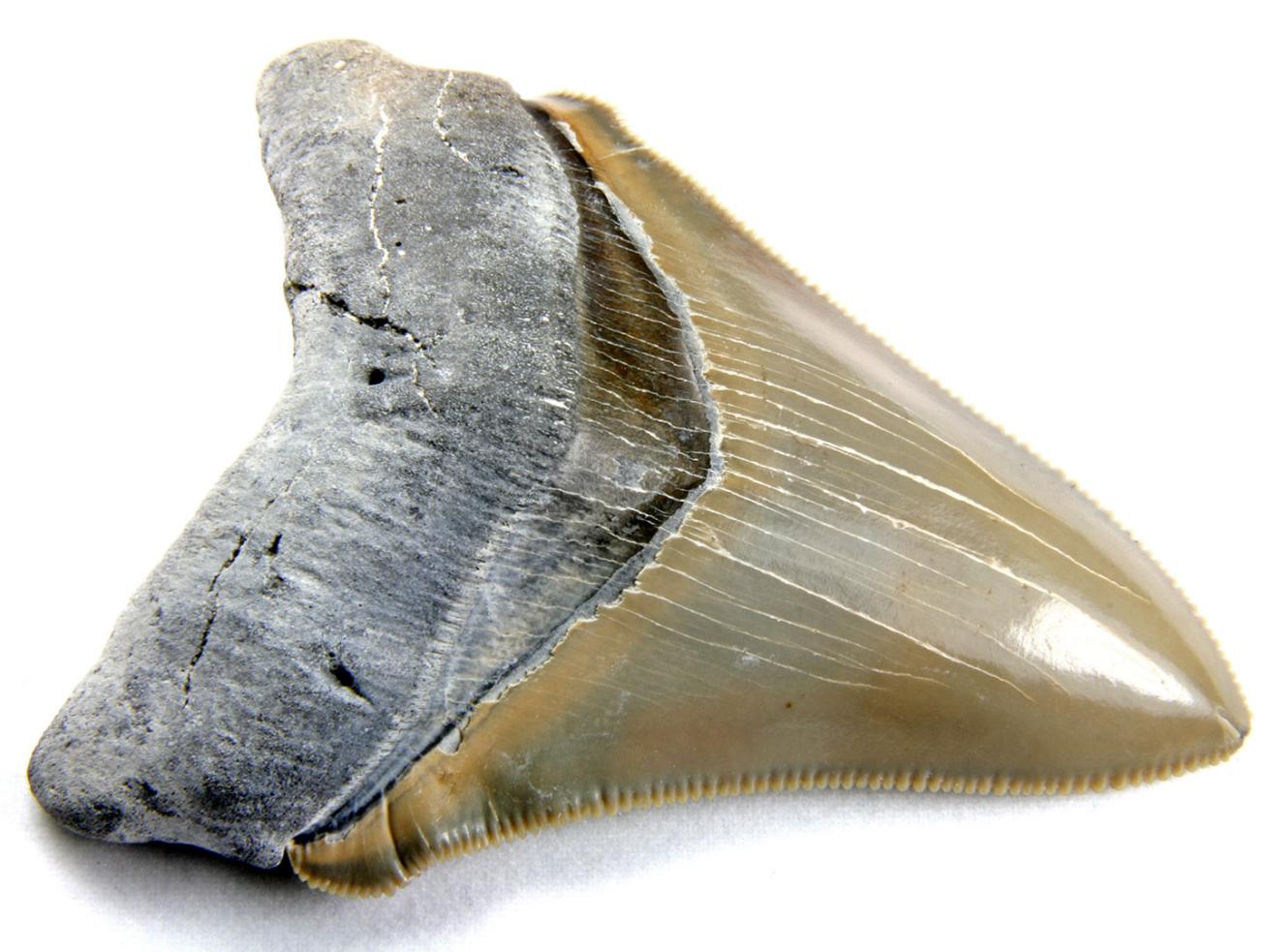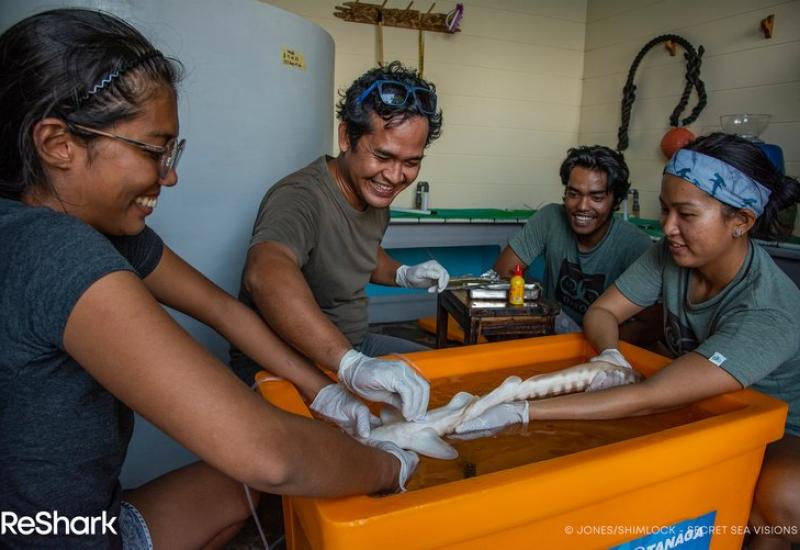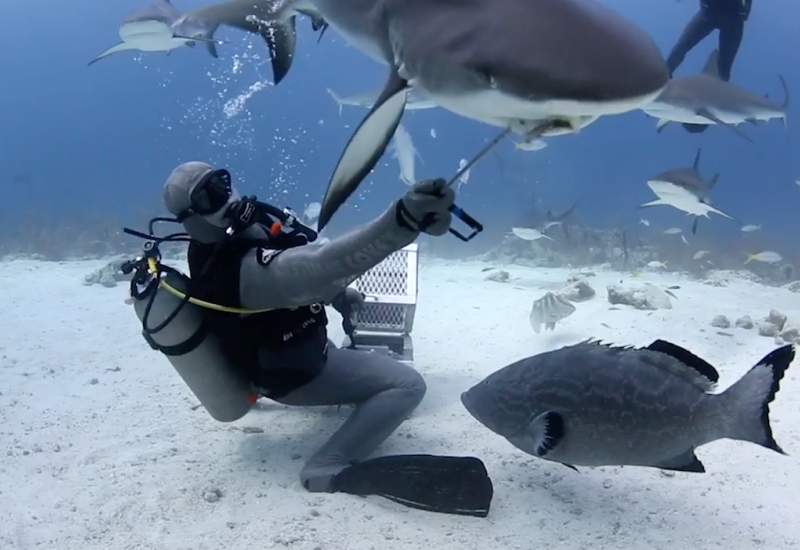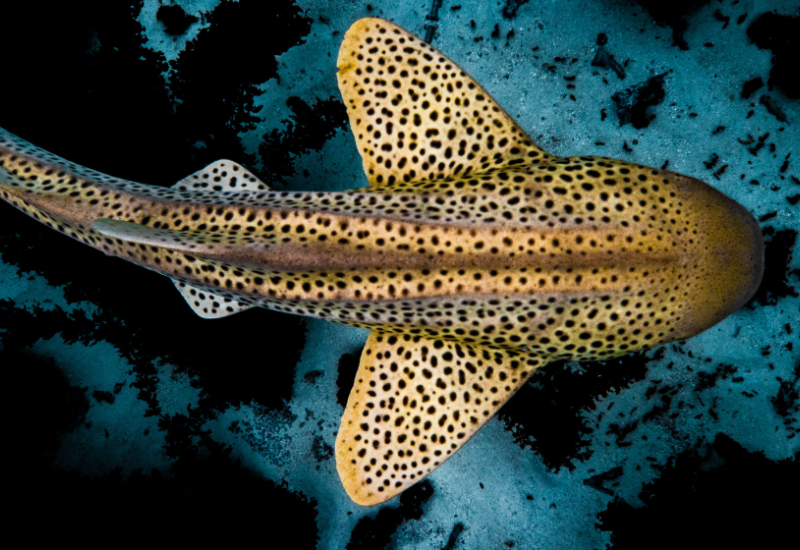How the Ancient Maya Brought the Megalodon Shark to the Jungle

ShutterstockThe most common fossils of C. megalodon are its teeth. They can measure over 7 inches long and are the largest of any known shark species.
Megalodon, the extinct species of shark that lived approximately 23 to 2.6 million years ago, found itself very much alive on Discovery Channel’s Shark Week in 2013 — and the focus of a controversy in the scientific and shark-conservation community. They argued that Megalodon: The Monster Shark Lives, which presented “evidence” that C. megalodon was still alive — Spoiler Alert for those of you who believe megalodon still roams our oceans — was, like Santa Claus, the tooth fairy and the Easter bunny, pure fiction.
But megalodon — which means "big tooth" — lives on in a way. The most common fossils of C. megalodon are its teeth. They can measure over 7 inches long and are the largest of any known shark species.
View jaw-dropping photos of sharks in our Better than Shark Week photo gallery.
So what does this extinct species of shark have to do with the ancient peoples of Classic Maya civilization and how did shark teeth come into the possession of Maya who were living in landlocked cities? According to a story we first spotted on the Ars Technica web site, the Maya were obsessed with sharks. Annalee Newitz writes: "Images of shark-like monsters appear in Maya cities throughout the regions known today as Mexico, Belize, and Guatemala — even deep in the continent's interior, where people never saw the ocean. Now one archaeologist has suggested these mythic symbols may have been based on real experiences Mayans had with sharks, as well as a brisk trade in shark jaws and giant shark tooth fossils.
"Shark teeth have been found in some of the earliest Maya sites in the interior, going back to 100 CE. Some are perforated, as if they were worn as jewelry. Others seem to have been attached to weapons or used in bloodletting rituals. Sea monsters with shark-like features appear on pottery and the walls of ceremonial buildings. An ancient Maya creation story features the Maize God defeating a shark in battle and sometimes being born from the creature's toothy jaws."
Newitz cites the work of James Madison University anthropologist Sarah E. Newman, who published her findings in the journal Antiquity. Newman posits that ancient Maya who lived near coastal areas hunted sharks.
It's likely that traders from coastal Maya cities journeyed to the interior with shark teeth and jaws, bringing stories of the animals along with them. Shark teeth might have been passed from trader to trader on their way inland, says Newman, rather than coming directly from a person who hunted them. For inland city residents, firsthand knowledge of sharks would have been rare.
Newitz also notes that "there are some very realistic representations of sharks at interior sites. Possibly this can be explained by the presence of bull sharks, which are known to swim in freshwater rivers that penetrate far into the interior of Mexico and Guatemala. So it's possible that some inland Maya communities had firsthand experience with sharks, while others only saw upper jawbones."
It's an interesting story. Read Newitz's full report here.










